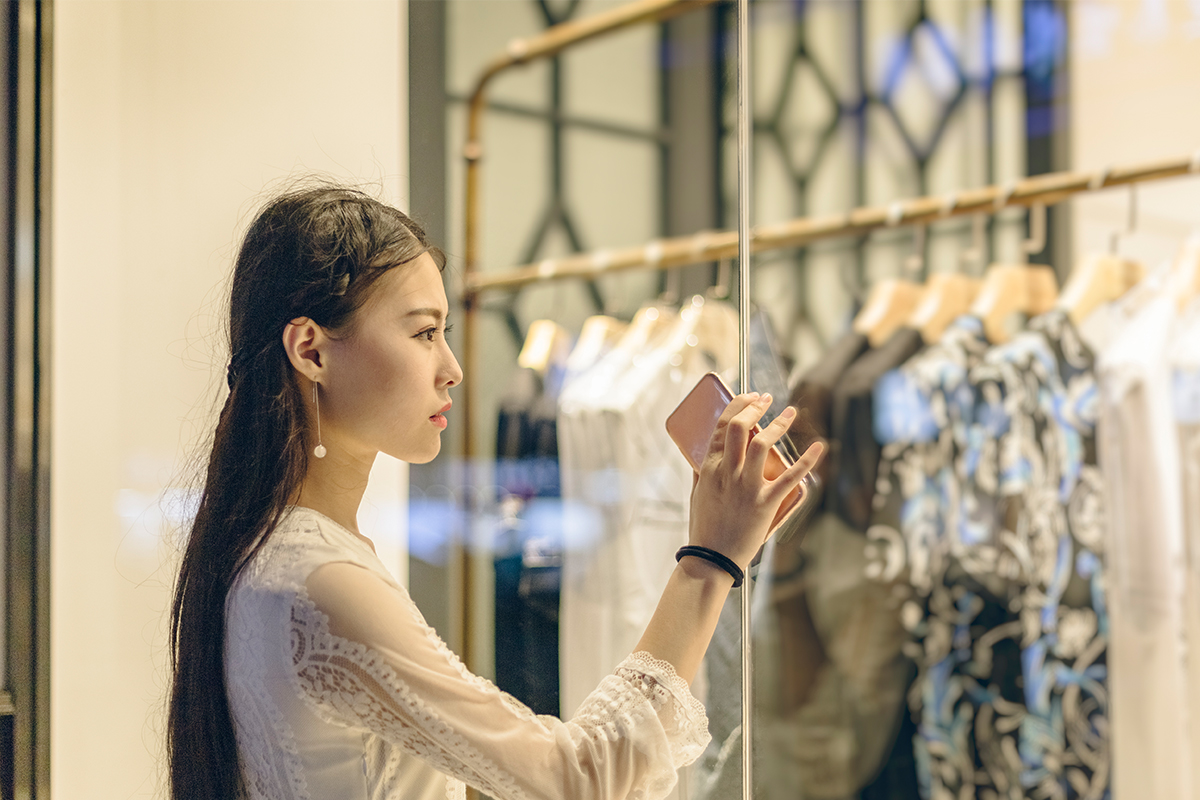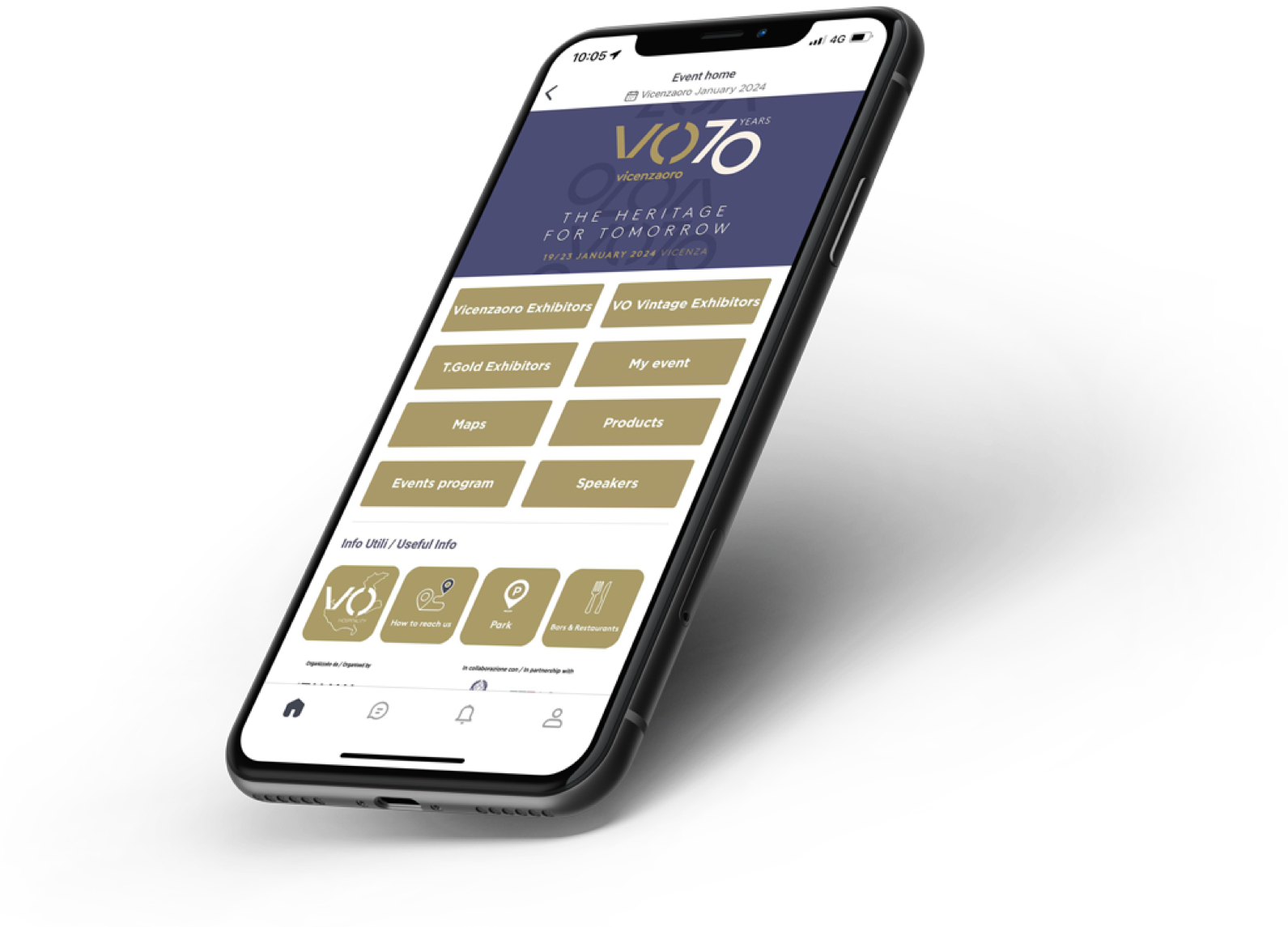Luxury? A challenge between Millennials and China

According to recent statistics, 30% of luxury consumption is a privilege of just 18 million people, about 4% of all luxury goods buyers. Altagamma and The Boston Consulting Group, selected a sample from this bracket of 10,000 consumers with an average expenditure in luxury goods of 37,000 Euros a year in order to analyze the trends. A market which reached a value of 915 billion Euros in 2017 and which is estimated to rise to 1.3 billion by 2024.
According to experts, this growth will be led by the Millennials, who, in 2024, will represent 50% of the market, and by Chinese consumers, who, in a few years' time will account for 40% of global luxury consumption.
In fact, the consumers with the greatest spending power are young, Chinese under-35s living in the big cities, those who approach luxury for the first time and the "fashionists" who inspire others through social networks, particularly Instagram.
Millennials and China then, will continue to be the catalyzing voices of luxury consumption around the world, as underlined by an annual survey on sales trends. In China, brands' social media is particularly the first point of approach for the Millennials, ahead of influencers. And some platforms reach consumers everywhere, especially through apps.
This is why it has now become necessary to think of the Millennials, lovers of extravagance and fun when it comes to identifying themselves with a brand, as a highly important category in terms of consumption.
And Made in Italy? The values that these consumers demand confirm the importance of quality and craftsmanship as well as originality. For this reason, statistics show that Made in Italy is the preference of 30% of those interviewed, followed by Made in France, even if, for young Chinese consumers, French originality was more attractive.
Lastly, the role of digital will be fundamental for the luxury industry in the years to come, as the analyst at Exane Bnp Paribas, Luca Solca highlighted, stating that digital distribution for luxury now represents 10% of the market but is destined to arrive at 25% by 2025. The winning road for the future therefore seems to be the creation of a closed and virtuous circle between the physical and on-line store.






